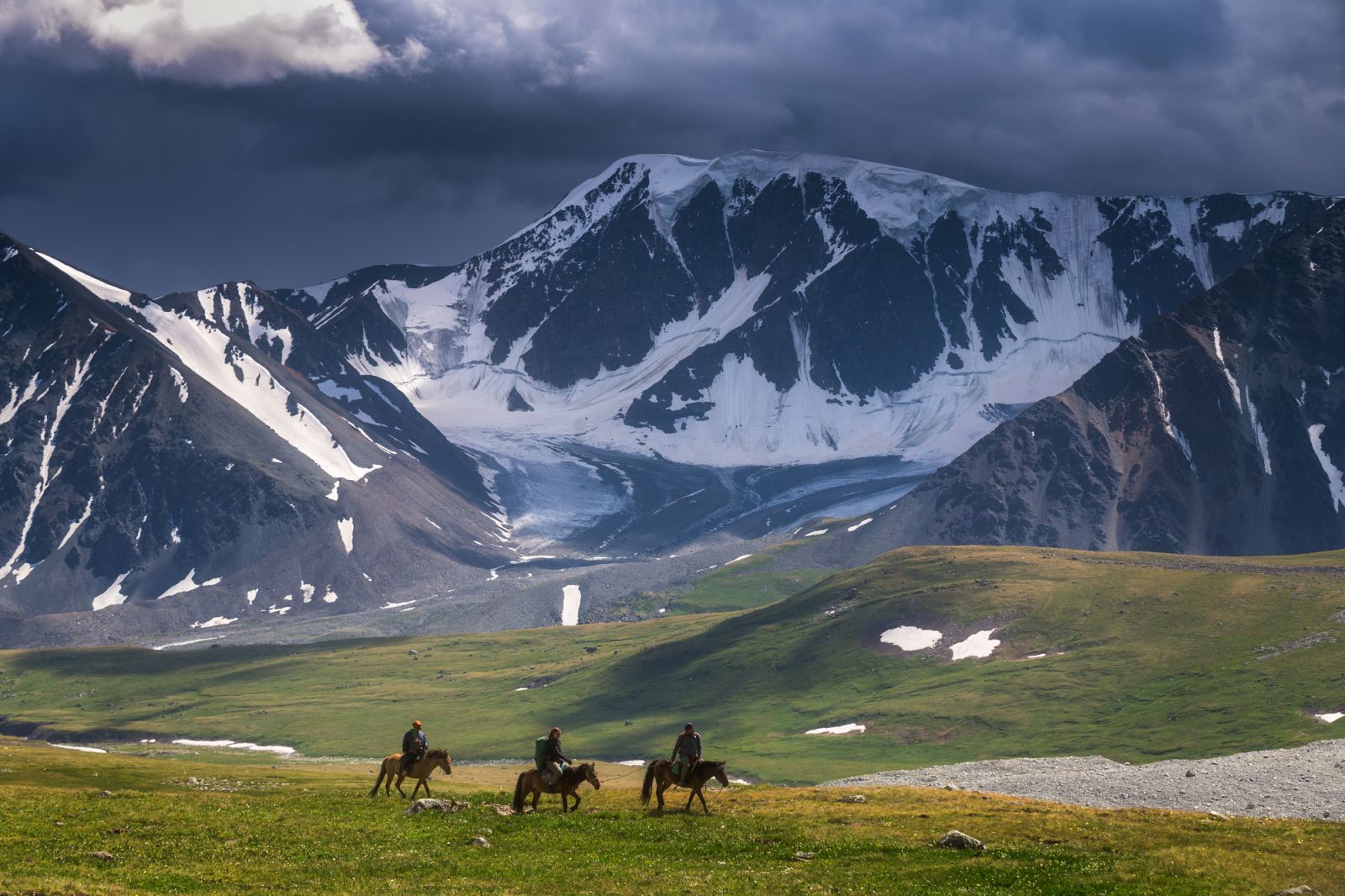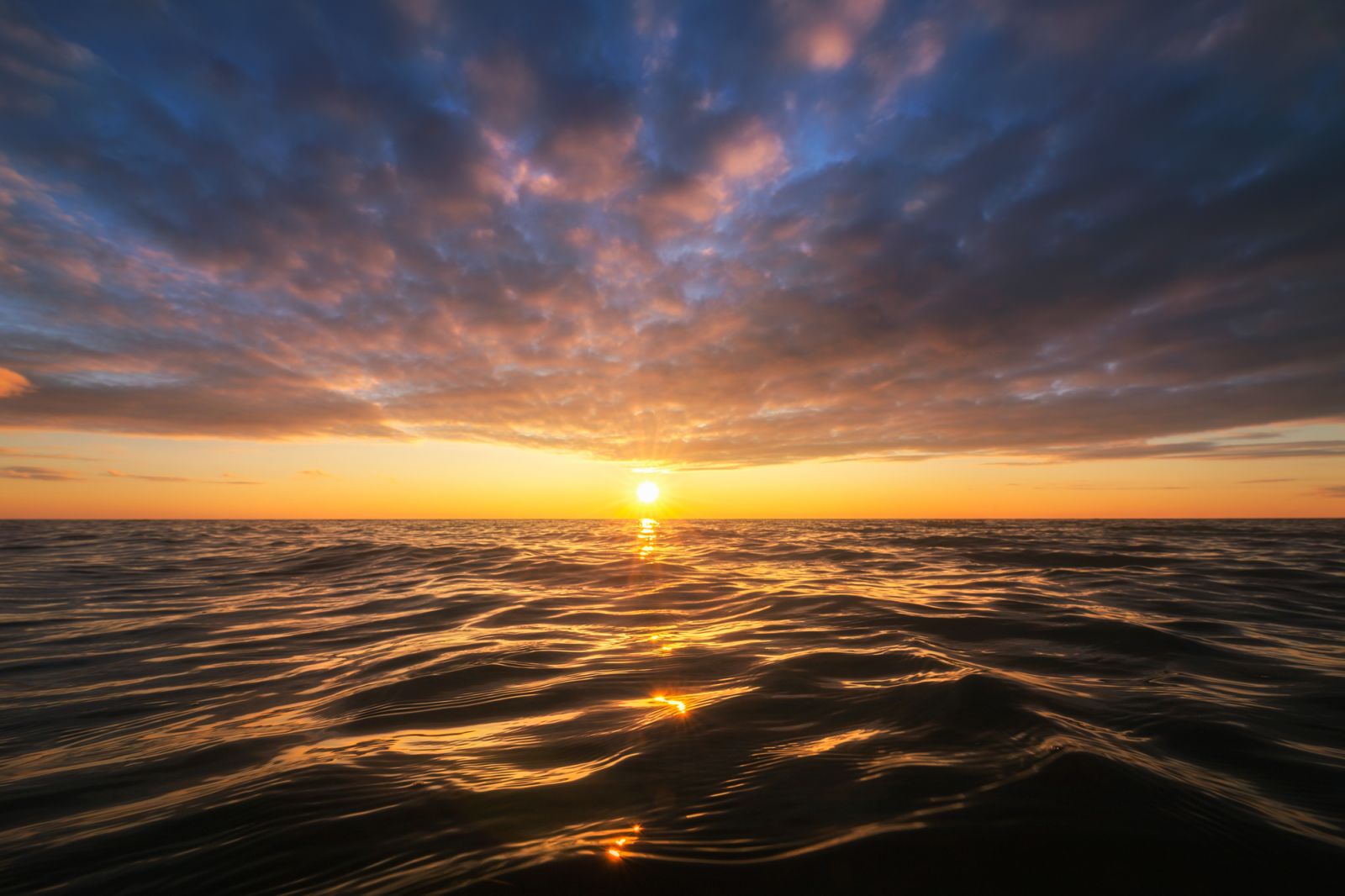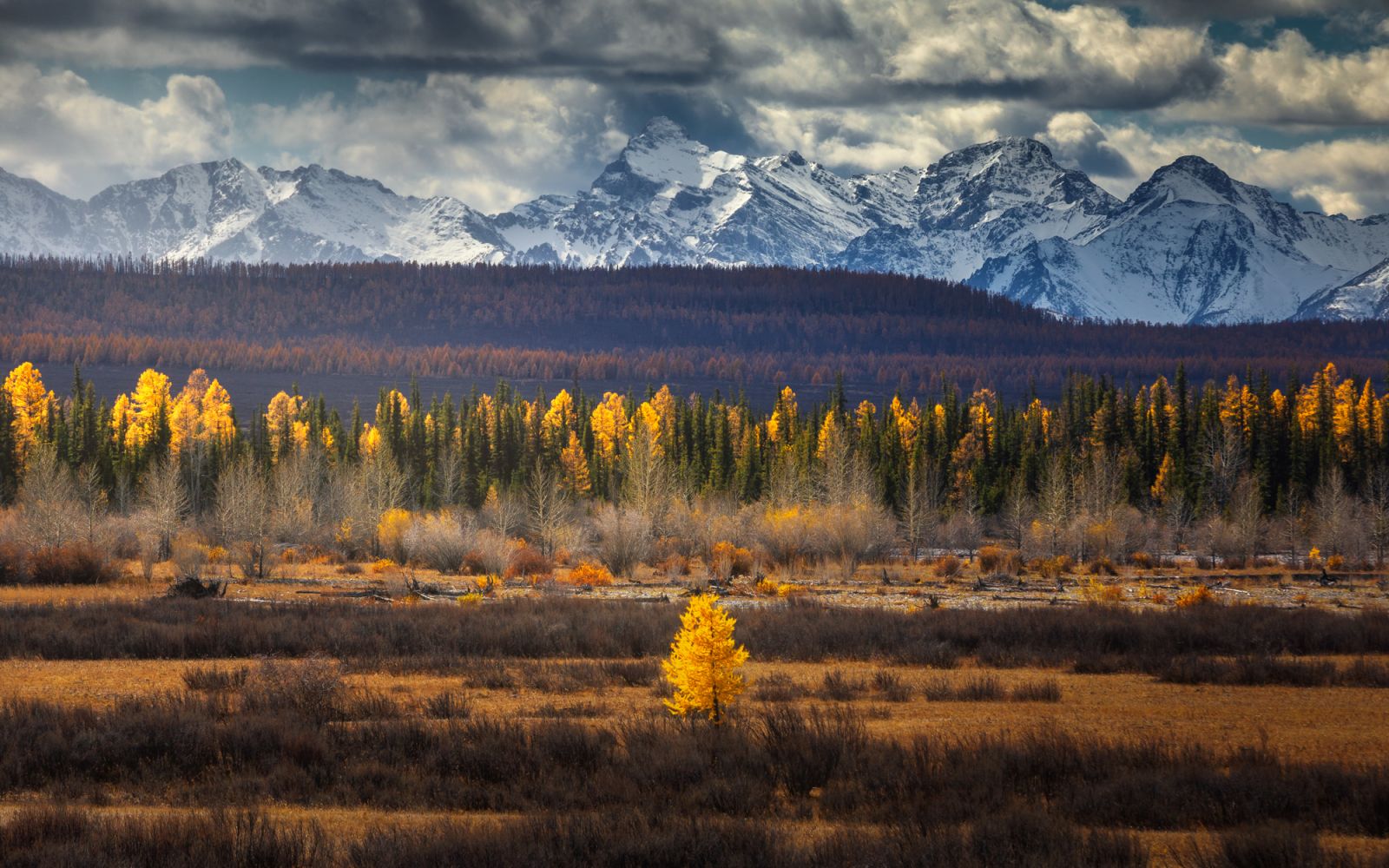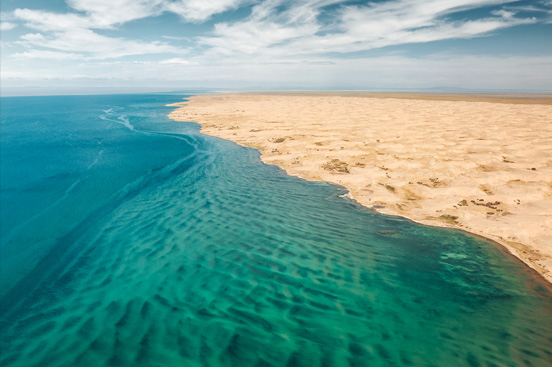Services
Help & Assistance

Altai Tavan Bogd Mountain of Bayan-Olgii Province is located in the westernmost edge of Mongolia, and the three largest glaciers of our country such as Potanin Glacier, Alexander Glacier, and Granei Glacier are located there. There are leopards, otters, golden argali, ibex, and red deer registered in the Red Book of Mongolia.
Waterfowl congregate in lakes, ponds and rivers. Also, there are a lot of inscriptions, seals, and letters on the rocks. They are historical and cultural heritage of 2500-3000 years ago.
Buir Lake is the largest lake in the eastern region of Mongolia. It is a lake and lies along the East Asian-Australian migration route and is an important water and wetland for many species of migratory birds.
In addition, because of the abundance of fish resources, agriculture is important for the population. Buri Lake is a freshwater lake.


A fascinating place with Janraisig deity's right leg crossed, left leg half-bent, and 8 arms outstretched.
It is the result of the hard work of the nomads, artisans and blacksmiths and the hard work of the people in the middle of the 18th century. To create the great god, stones were extracted from the crystal sand of Buir Lake, the gravel of Khalkhgol, and the white oil clay of Khamar Pass, and the stones were made with natural dyes in various colors.
The Hordol Sardig mountain range is a beautiful place with a combination of meadows, taiga, and steppes, and has preserved its original natural appearance.
It is the watershed of Darkhad Depression and Khuvsgul Lake Depression, and it is separated from the Bayan Mountains by the Arsai stream.
The steep jagged sides and pointed peaks of the mountain combine with other parts of nature to create a unique environment, and it is a rare and beautiful natural place with many streams flowing from the back and forth.


Khuvsgul Lake is the largest freshwater lake in Mongolia.
The total water volume of the lake, which is more than 2 million years old, is 381 km³, equal to 0.4 percent of the world's fresh water. The deepest part of Khuvsgul Lake is 262 meters, its length is 136 km, and its widest part is 36.5 km.
Durgun Lake is a salt lake in the Great Lakes Depression of Western Mongolia.
The shore of this lake, which is adjacent to Black Lake, is more barren than other lakes, and the Dunes of Baga Lake cover the bottom of the lake with their sand and water.


More than 10 km long and 100-200 m deep canyon is called Hermen Tsav.
The red hills and valleys seem to prove that there was a big ocean in the past. Towers of medieval European castles and "Avangard" hills resembling various animals look like the ruins of a metropolis from afar.
First, in 1969, researchers from Mongolia and the Soviet Union found ancient fossils of dinosaurs, frogs, crocodiles, and many kinds of birds here. There are two "Doors" to enter this hollow-like place, and it is also known as "The Hole of Death" because of the high chance of getting lost and the heat reaching 60 degrees in summer.
The mountainous area between Uvs Lake and Achit Lake from the state border to Hovd River is called Kharhiraa and Turgeni Mountains. Branch mountains of the Altai Mountains Kharhiraa Turgani mountains are twin mountains with many majestic peaks. The highest peak of the Turgani mountain range is Deglii White Mountain, which is 3965 meters above sea level.
According to geoscientists, there are more than ten snow-capped peaks and glaciers in the Kharhiraa Turgani Mountains, which occupy more than 20% of the total snow and ice area of the mountains of Mongolia.
.jpg)

It is the highest ice mouth of the Eastern Beautiful Mountain in Umnogov Province. A small spring flowing from a height of about 10 meters expands along the rock wall in winter and freezes to form a large ice cap. It's a cul-de-sac with almost no sun, so it can be icy until mid-summer.
On the way, you can see various animals and birds on the top of the mountain on both sides. The local people are responsible for the protection of the environment of Muhar Shivert.
Ooch Yol often nests in the high peaks of the mouth, so it is recommended to make as little noise as possible and follow the signs. This will help keep hummingbirds from exterminating, and will make a big contribution to wildlife and bird conservation.